it's comforting to visit the timeless Breton town of Saint-Malo where
thick granite walls and bulky ramparts act as sturdy reminders
of the strength and invincibility of ancient fortifications in days gone by.
Snug as a bug in a rug.
Well, not exactly.
In 1944, the seaside city was devastated right down to its primordial bones,
pounded to near extinction by American fire bombs targeted to lay
waste to the Nazi occupiers and their strategic defense systems.
In an extraordinarily long battle that culminated in hand to hand combat
on the streets of Saint-Malo, the Allies bravely disposed of the Nazi threat.
Regrettably, the battle produced dire consequences for much of the civilian
population, killing scores of locals as fires wreaked near ruin on the town's
awe-inspiring mansions, shopfronts and 13th century cathedral.
War is hell -- and then some.
After the war, France took extraordinary pains to re-build her cities.
In the now shipshape Saint-Malo, it's obvious they have over-delivered.
The town has reclaimed her ancient glory, a long-awaited victory for its citizens.
Brittany is forever stunning -- the sea, the sky, storefronts and townhouses
covered in the local gray granite, dripping with flowers and charm -- and here, contemplating Saint-Malo's war-torn biography, the beauty feels even more intense.
The walled citadel and miles long beach are glazed with happy holiday-makers,
many of them launched from just across the English Channel.
Ferry service from Portsmouth to Saint-Malo delivers the Brits
in droves, just adding to the juiced-up fun.
Saint-Malo is now a harbor of peaceful contrasts -- a mix
of both tranquility & festivity, and for that we can give thanks.
These days, the only war you're likely to wage is over which seafood plate
to choose -- moules mariniere, oysters from nearby Cancale, coquilles
St-Jacques -- but then again, all those creperies look very inviting.....
In days of old, pirates and privateers (slightly less terrifying pirate-merchants
considered somewhat legitimate because they owned mansions nearby)
made their living in these streets and on the beaches.
Apparently, sins and seaworthy men go together like baguettes & butter.
The slave trade in the early to mid 1700's managed to launch some
100 malevolent ships filled with enslaved African hostages and
bound for plantations in America and the Caribbean.
But these days, it's hard to imagine pirates and slavers, Nazis and crusty
old outlaws as you experience the easy-going pleasure of this spectacular city.
Yes, there is a "modern" (19th century) town outside the walls but other
than the beach, you'll be tempted to remain intra-muros*.
And if you're like me, you'll never figure out which buildings are original
and which are the perfect replicas so painstakingly constructed after WWII.
* within the old fortified walls
Discover seafaring traditions and local history through
any of a number of choice activities.
After all, this is where explorer Jacques Cartier set sail,
in due course becoming the hero of Canada.
Writer Chateaubriande (Francois-René de), long considered the
father of French Romanticism, no doubt found his inspiration
in the romantic view of the ancient harbor.
Though the old seaworthy taverns and brothels have long since been
converted into restaurants and souvenir shops, you can still satisfy
your inner pirate by visiting the Demeure de Corsaire, an 18th century
mansion that claims secret stairways and even a pirate's chest or two.
Saint-Malo offers a grand aquarium (of course) as well as a local history museum filled with all manner of nautical displays including model ships and a short
history of cod fishing -- much more interesting than it sounds.
But our favorite, without a doubt, was walking across the sands
at low tide to the prison island called Fort National.
Built in the 1600's, this was key to King Louis XIV's blueprint
to protect Saint-Malo and the Atlantic coast.
The plans were drawn up by brilliant military architect Vauban and a big part
of the thrill is the thought you're taking your life into your own hands (not really)
to walk across the beach that had just been raging with high waves hours earlier.
The fort is not always open so you have to check to see if the flag is flying --
meaning it's safely at low tide -- mostly during summer months --
and make sure you leave when they give the word.
Fort National's diminutive stature contrasts with its colossal escapades
in history, including a place in the military books of WWII.
In 1944, as American bombs rained hell on the coast, the Nazi occupiers
imprisoned 380 locals from Saint-Malo, later adding still another 150,
forced to face the devastating bombs as well as food shortages.
Imagine being on a teeny island at sea facing a fusillade of bombs....
A second island, Grand Bé, is also located just off the ramparts
but we didn't have the opportunity to see it due to the tides.
The remains of Chateaubriande are buried here, romantically facing the sea.
bravely inclined -- confirm the sanctity of this brilliant coastal city.
The streets become very quiet at night -- the day-trippers long gone,
my pirate-partner finally weary of echoing "arghhh" all day long....
As for me, I'll put on my Breton stripes (ya gotta buy the t-shirt!),
sit in a bona fide maritime tavern and sip on an Armorik* as I listen
to the wind whip and the waves crash against the high granite walls.
And I will count my many blessings.
*single malt french whiskey made in Brittany
Anthony Doerr's Pulitzer Prize winning novel "All the Light We Cannot See"
brought me back to the shores of Saint-Malo in ways I had not imagined.
His beautiful story created a picture in my imagination more vivid
even than what I witnessed with my own two eyes.
If you have not yet read this gorgeously written novel about the little blind girl forced to leave Paris bound for her uncle's "tall house by the sea"-- well,
just suffice it to say - run, don't walk to your local bookstore or library.
Marie-Laure, Werner, shattering rooftops, the channel breaking against
the wall... this story and Saint-Malo's larger-than-life history
during the dark years of occupation will leave you speechless.
Inhale the hearty sea air and watch the tide roll in.
Romantic, beautiful, this is Brittany at its best.
"Marie-Laure can sit in an attic high above the street and hear lilies
rustling in marshes two miles away.
She hears Americans scurry across farm fields, directing their huge cannons
at the smoke of Saint-Malo; she hears families sniffling around hurricane lamps
in cellars, crows hopping from pile to pile, flies landing on corpses in ditches;
she hears the tamarinds shiver and the jays shriek and the dune grass burn;
she feels the great granite fist, sunk deep into the earth’s crust, on which
Saint-Malo sits, and the ocean teething at it from all four sides, and the
outer islands holding steady against the swirling tides;
she hears cows drink from stone troughs and dolphins rise through the
green water of the Channel; she hears the bones of dead whales stir five
leagues below, their marrow offering a century of food for cities of creatures
who will live their whole lives and never once see a photon sent from the sun.
She hears her snails in the grotto drag their bodies over the rocks.”
Imagine what it was like to be here when the city was nearly destroyed.
Now imagine the enthusiasm you'll feel to see it restored to its full potential,
feeling privileged to witness a man-made miracle.
Thank you, France, for restoring Saint-Malo to her former glory.
"When the power of love overcomes the love of power, the world will know peace."
Jimi Hendrix
My advice:
Drop anchor, stay awhile and as always,
PRAY FOR PEACE.
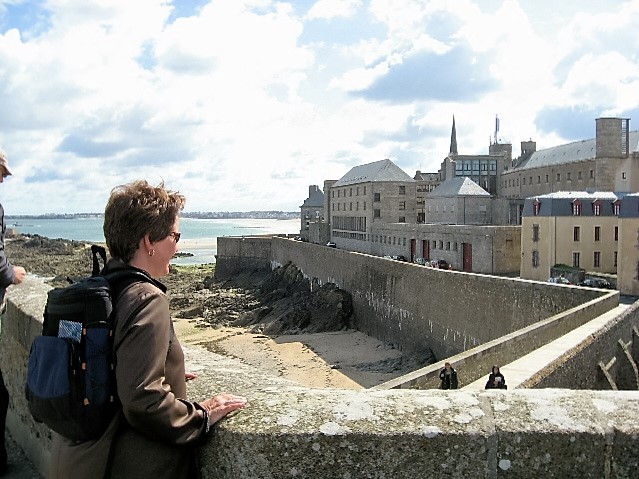
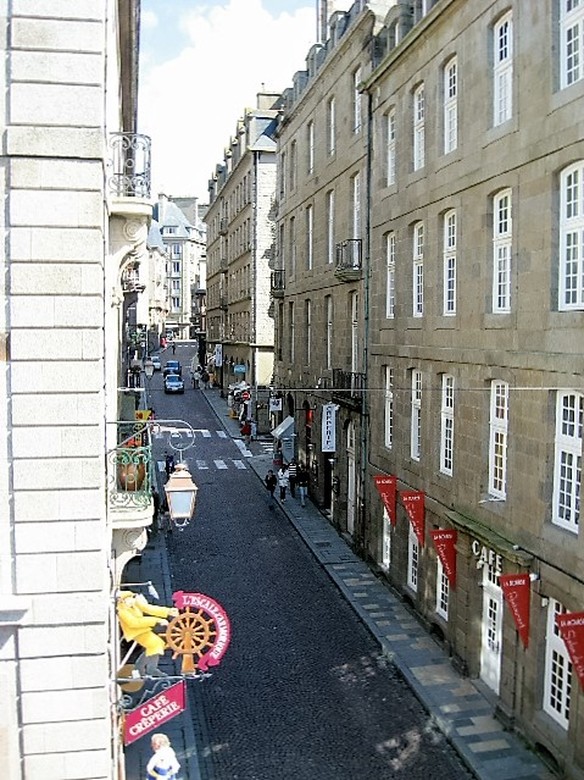

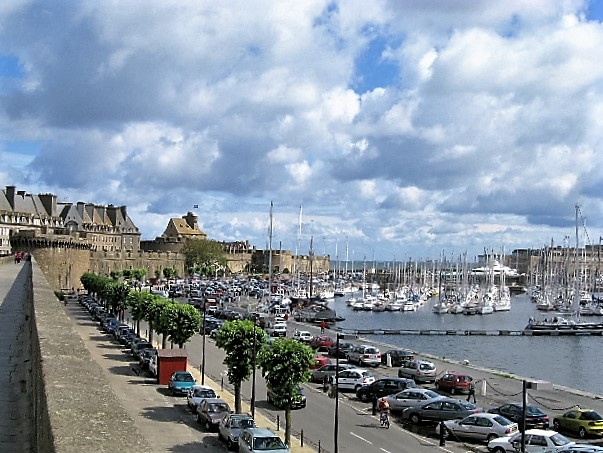




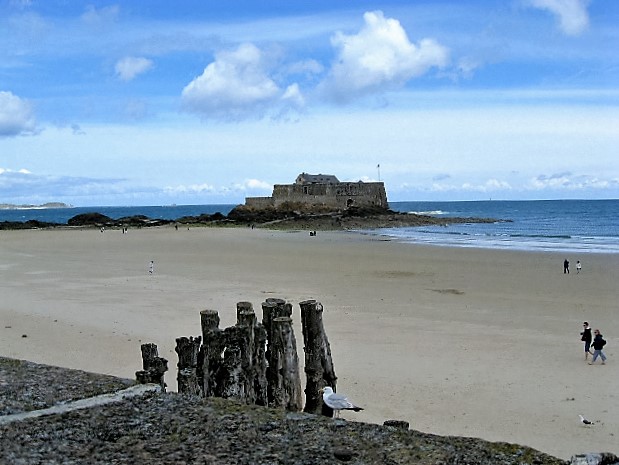


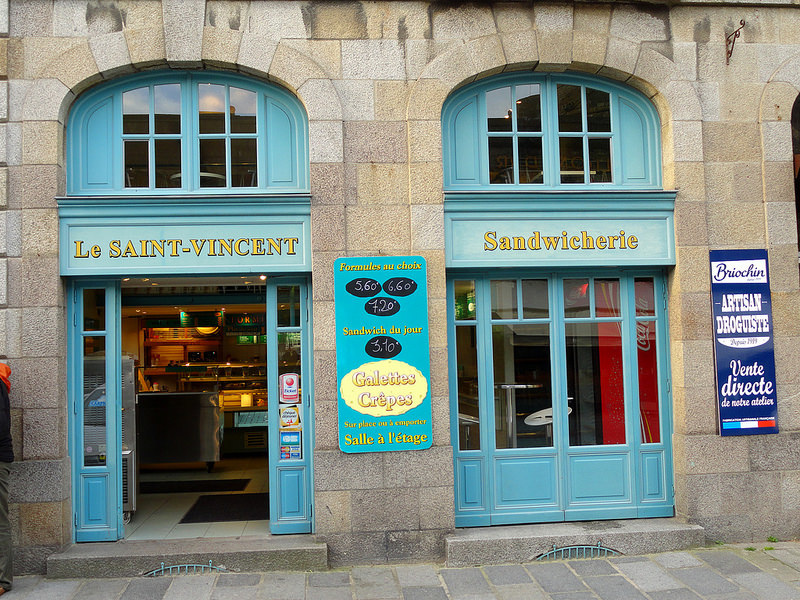
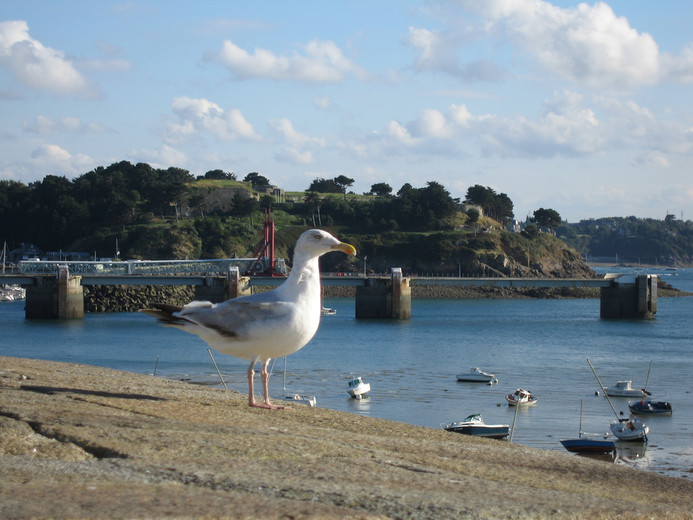
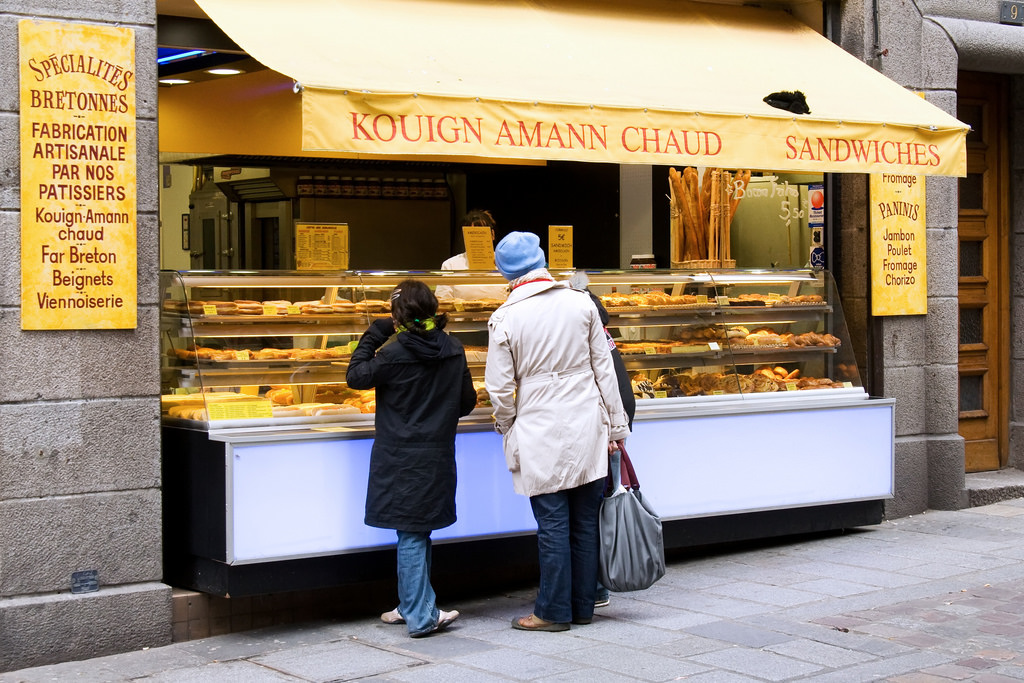
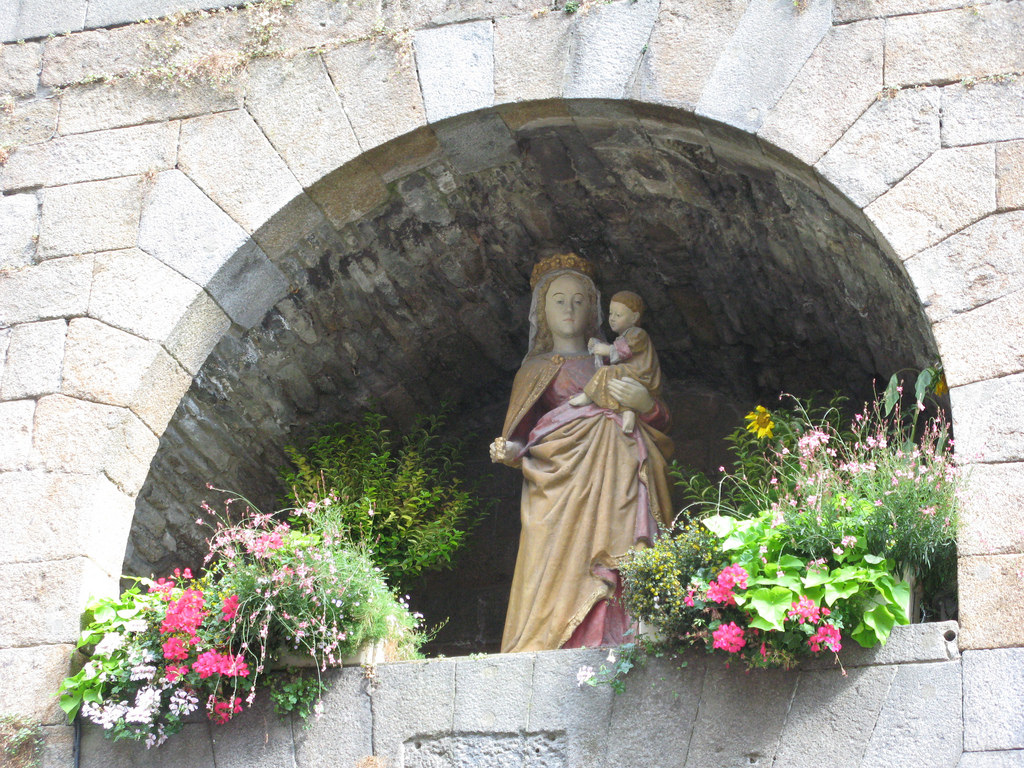
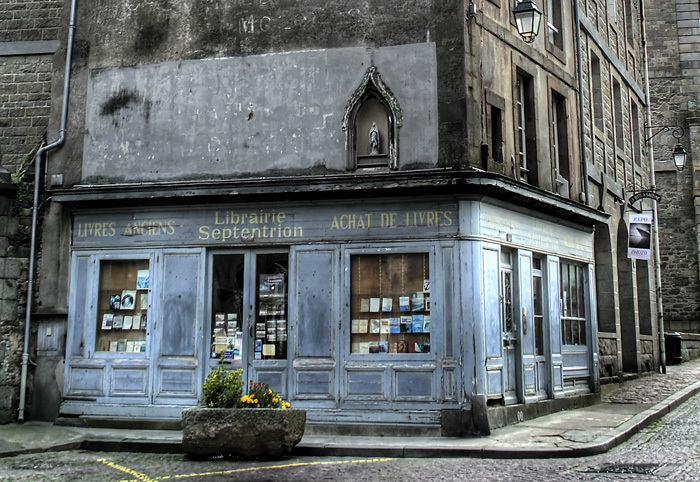
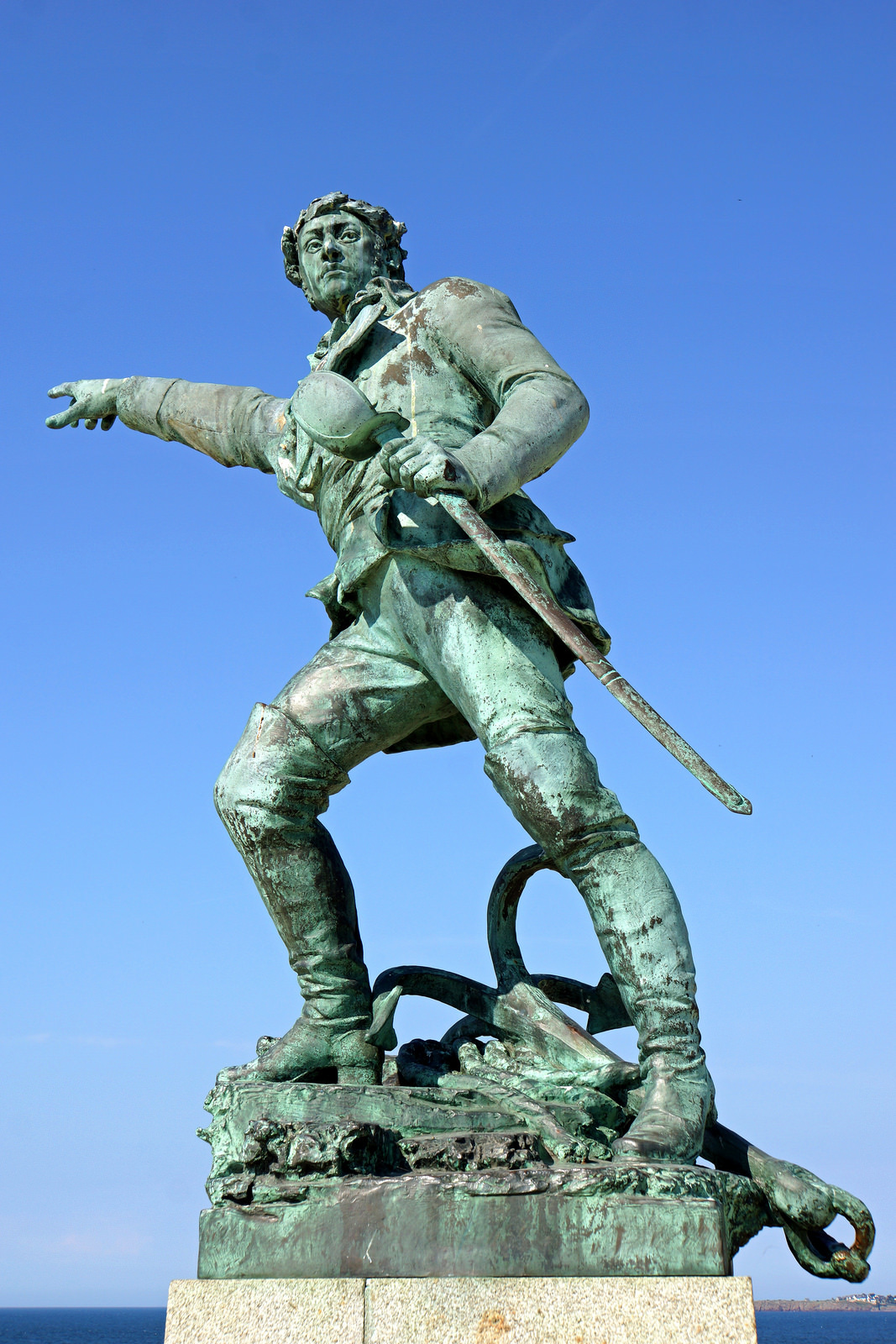
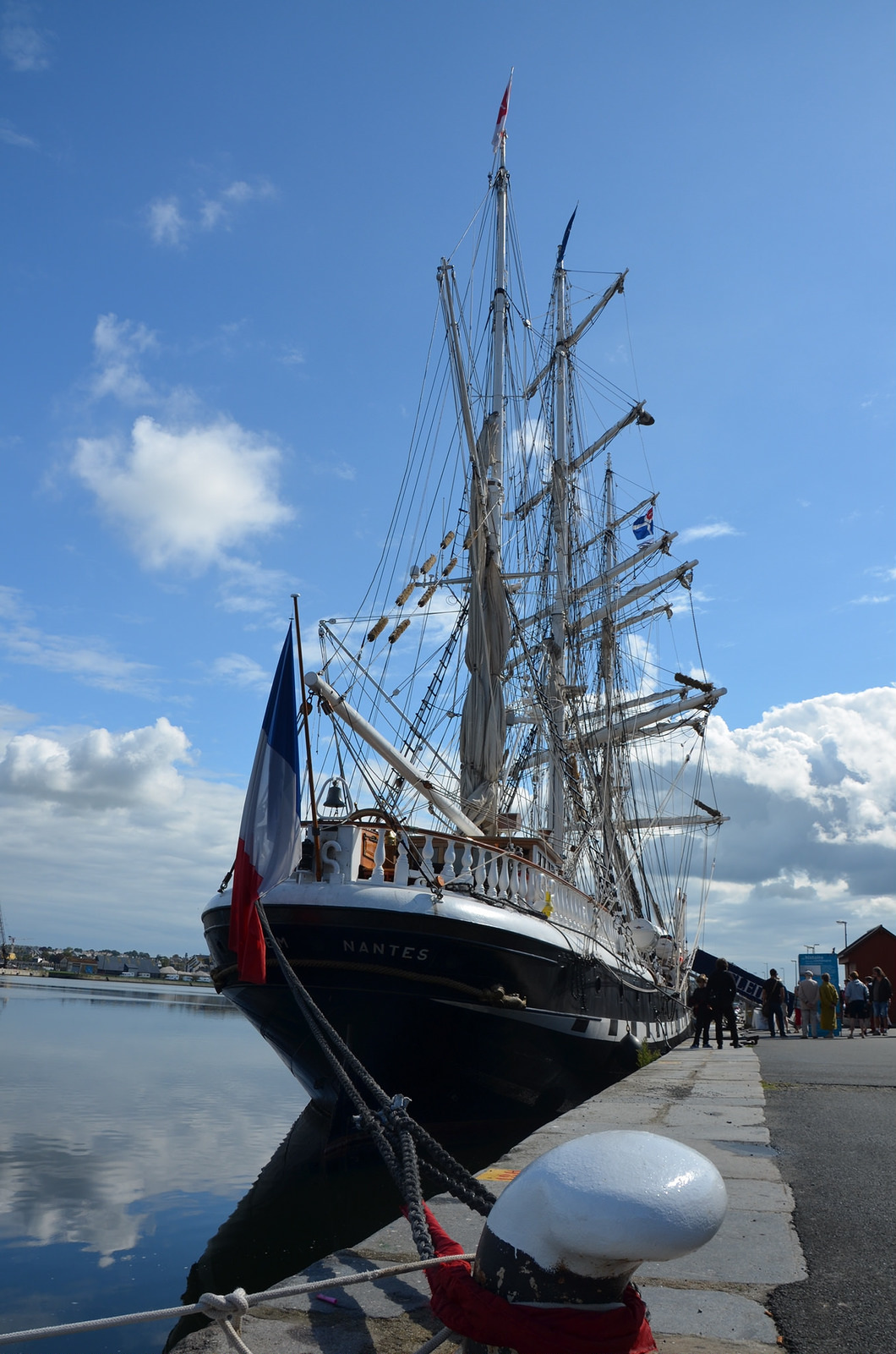


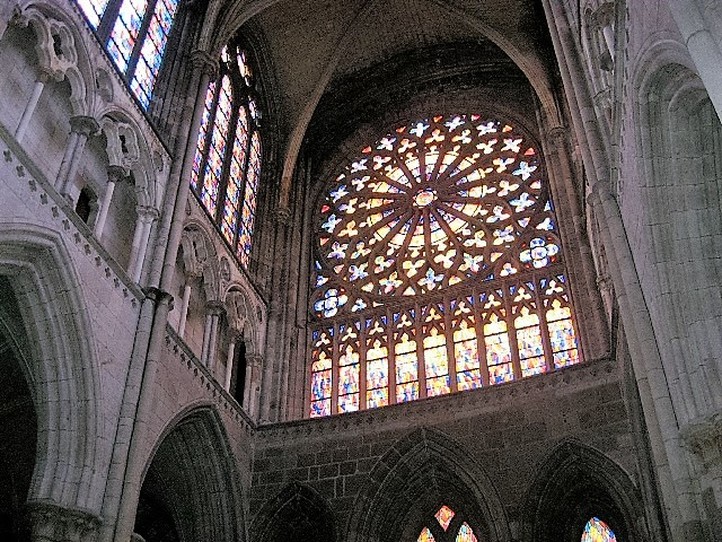
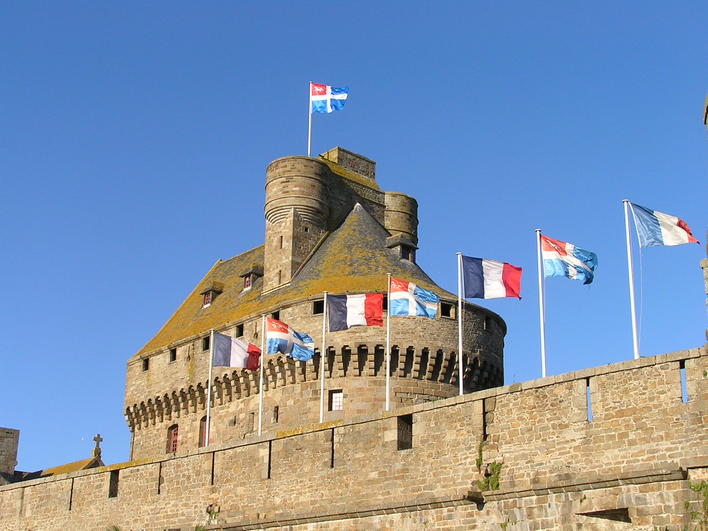




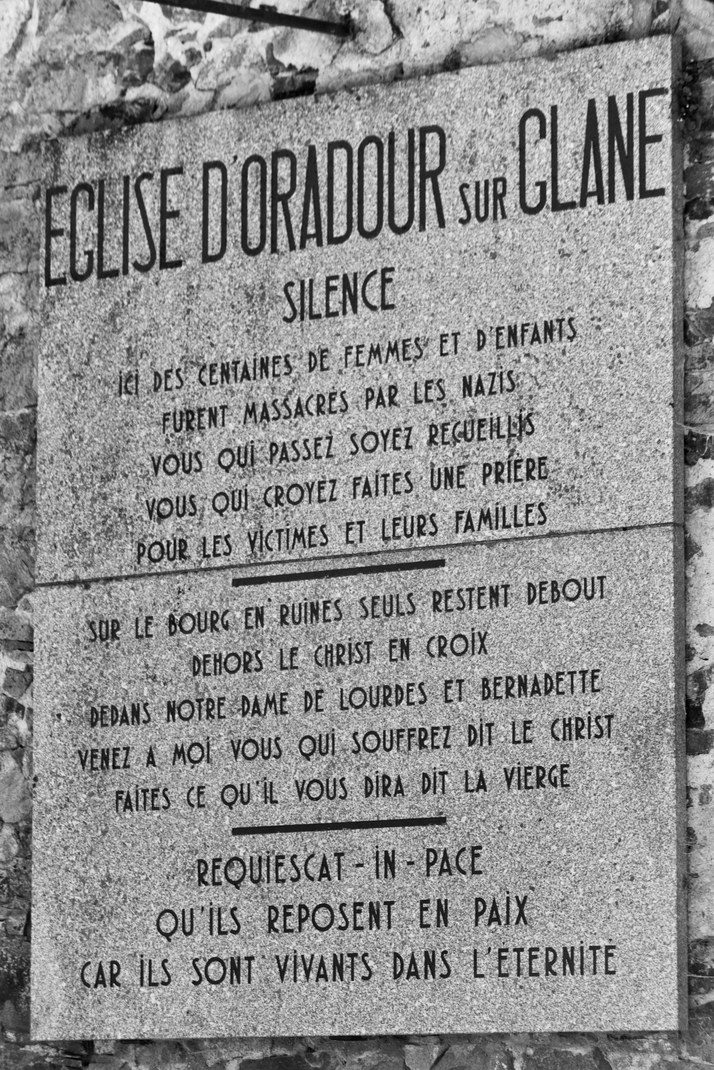





 RSS Feed
RSS Feed
